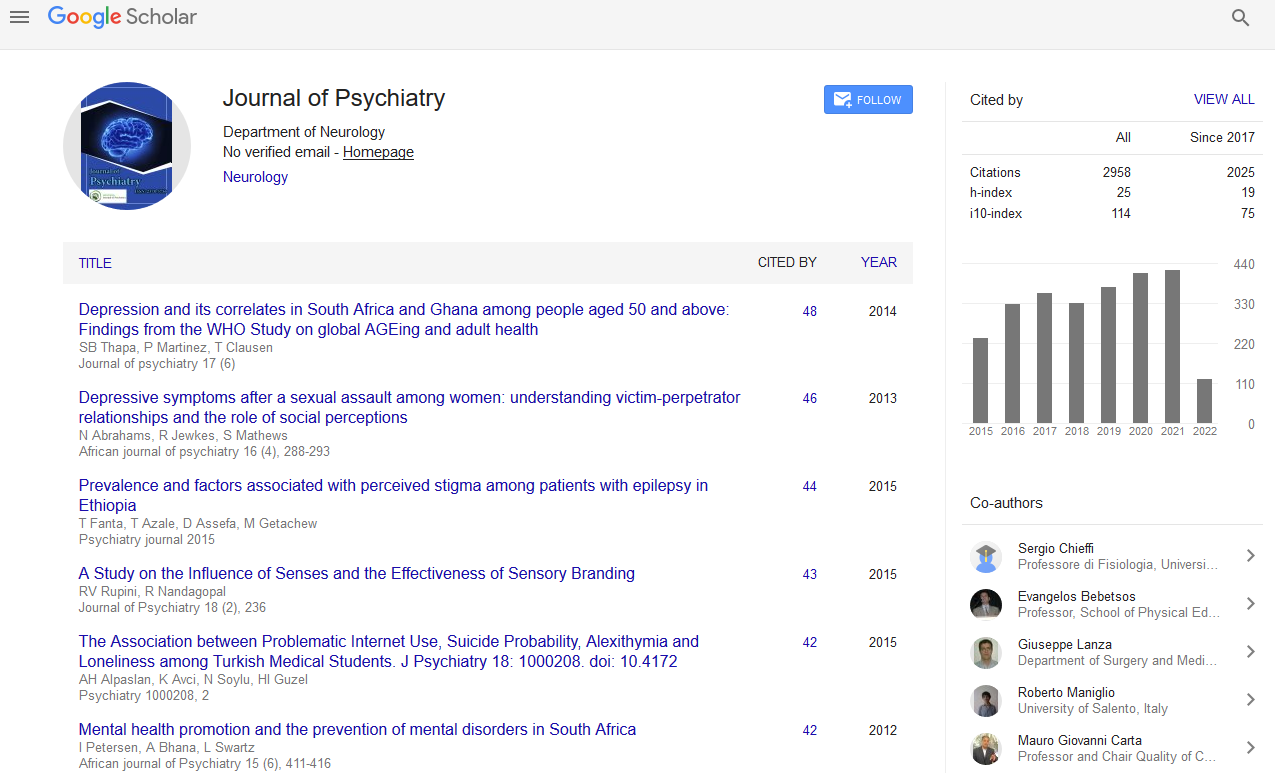PMC/PubMed Indexed Articles
Indexed In
- RefSeek
- Hamdard University
- EBSCO A-Z
- OCLC- WorldCat
- SWB online catalog
- Publons
- International committee of medical journals editors (ICMJE)
- Geneva Foundation for Medical Education and Research
Useful Links
Share This Page
Open Access Journals
- Agri and Aquaculture
- Biochemistry
- Bioinformatics & Systems Biology
- Business & Management
- Chemistry
- Clinical Sciences
- Engineering
- Food & Nutrition
- General Science
- Genetics & Molecular Biology
- Immunology & Microbiology
- Medical Sciences
- Neuroscience & Psychology
- Nursing & Health Care
- Pharmaceutical Sciences
Abstract
Symptomatic cauda equina picture with encephalitic changes on EEG in a patient with primary cutaneous diffuse large B cell lymphoma: Case report
Zeeshan Yousu
Introduction:
Diffuse large B cell lymphoma (DLBCL) is the great frequent type of B cell lymphoma. New classification divided DLBCL into Germ cell (GC) and Non Germ (Non GC) Cell tumor accounting for 30–58% of all cases. High-grade B-cell lymphoma (HGBL) is a new World Health Organization classification of high-risk DLBCL, characterized by double hit (DH) or triple hit MYC and BCL2 and/or BCL6 rearrangement. Different types of chemotherapy regimens such as R-CHOP (rituximab, cyclophosphamide, doxorubicin, vincristine, and prednisone) and DA-R-EPOCH (dose adjusted rituximab, etoposide, prednisone, cyclophosphamide, and doxorubicin) have been used with less response. The nongerminal intermediary subtype of HGBL-DH occurs in 1.7% of all DLBCL patients and it presents with MYC/BCL6 rearrangements more often than MYC/BCL2 rearrangements. There are no important prognostic differences between MYC/BCL2 and MYC/MCL6 outcomes and there is no established difference or similarity between each subtype of HGBL-DH. Given the high risk of relapse of disease, maintenance therapy using lenalidomide or venetoclax was attempted and has had positive results, but there is no recommended primary therapy as of yet.
Cauda equina disorder (CES) has been portrayed in the writing as a clinical substance comprising of low back agony, two-sided leg torment with engine and tangible deficiencies, genitourinary brokenness with flood incontinence or maintenance, and fecal incontinence. CES has been perceived as an uncommon intricacy of spinal manipulative treatment, and is a flat out contraindication to this sort of treatment. An instance of CES that introduced in an atypical way is introduced, featuring the absence of leg symptomatology, yet with the nearness of effortless urinary maintenance. A meaning of CES as a condition giving bladder brokenness and conceivable engine and additionally tactile misfortune in the area of sacral as well as lumbar dermatomes is talked about. Assessment of patients with lumbar plate pathology who are associated with experiencing CES ought to incorporate addressing in regards to urinary trouble and neurologic assessment of the sacral plexus, including sensation; and may incorporate propelled imaging, for example, differentiate mechanized tomography (CT) examine or attractive reverberation imaging (MRI).
Prompt referral for thought of decompression medical procedure is suggested for ideal recuperation of neurologic capacity. Clinicians ought to be proficient of the different structures CES can introduce in, and keep up a high list of doubt for this condition in patients with suspected lumbar plate herniation or urinary brokenness.
Published Date: 2021-04-26;


